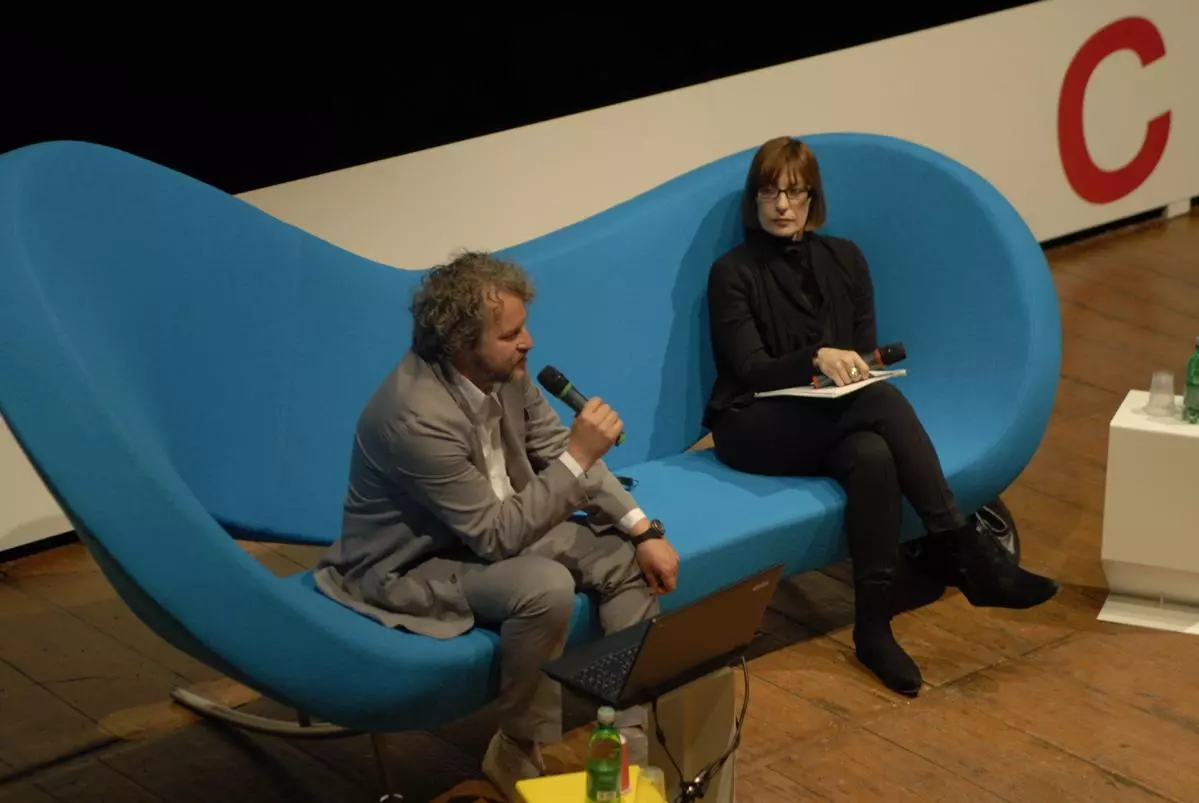He designed and produced for the biennial the cafeteria at the Italian Pavilion. It could also be another kind of public space. In it, it was important for the artist not the functionality of the space, but the possibilities of use one could find in it. With the cafeteria as camouflaged space, the artist evidenced the character of an installation in a museum space that goes beyond, and becomes a place where one can do something else.
For a long time, Tobias Rehberger has had the interest in working with technique. The invitation of the biennial curator Daniel Birnbaum was just the beginning of his research on what he calls the camouflage technique. It is a visual effect that prevents from seeing and, at the same time, is so strong that one cannot avoid seeing it. In this sense, he tries to create a work of art not for looking at, but for being around. Therefore, the artist considers art to be something to live with.
The artist needs to produce misunderstanding because it helps him understand what he wants. In a metaphorical sense, his work is about noise, not about music. Because music can be listened, while noise is something that disturbs, that is not possible to avoid. It is the belief in the potential of disturbing patterns “to make people think, consider, discuss”.
Finally, art is for Tobias Rehberger about creating differences. They consent to see something else in oneself and understand from it. This is why differences are so valuable, and so is art, too.
curated by martha jiménez rosano - Cyou
http://www.festivalartecontemporanea.it
 Share / Save
Share / Save






Comments 0
Say something